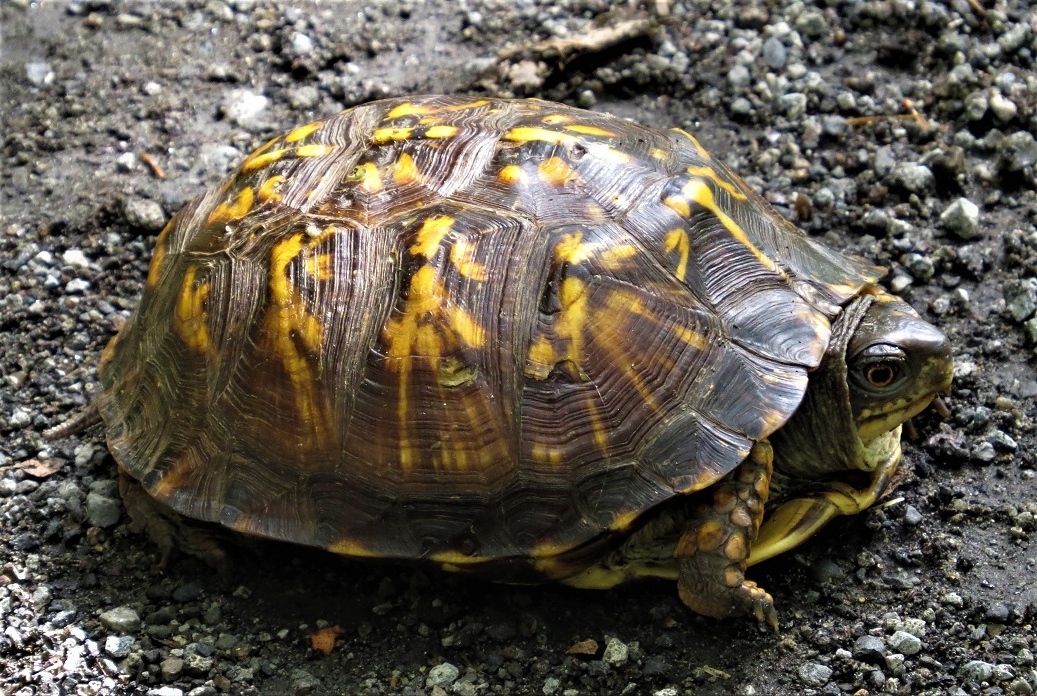Signs of Fall in the Blue Ridge
Witch hazel flower
Seasonal changes in flowering are well known but the specific reasons for spring/summer/fall timing are not always so clear. For example, the famous witch hazel is now blooming in the woods and it is one of the few woodland trees to do so this time of year. One obvious idea is that flowers in fall will have far fewer competitors for pollinators. But on the other hand, there will be fewer insects available for pollination. The strange one-year-old fruits are also visible.
Similarly, some asters such as this white wood aster are in full bloom in September. I noticed some bumblebees visiting the flowers; they are warm-blooded and designed for flying in cooler conditions. Another common late summer and fall bloomer along roads and paths is white snakeroot, which has here attracted a flower beetle. We sometimes forget that beetles can pollinate flowers and indeed were present earlier in evolutionary history than the later evolving bees and butterflies.
White woods aster
Flower beetle on white snakeroot flowers
While walking in the yard, our son noticed a very interesting fungus, the elegant stinkhorn or devil's dipstick. The phallic shape of this peculiar fruiting body has elicited some strange human reactions. It stinks in order to attract flies that pick up the spores and distribute them widely.
Some amazing life and death scenarios can be observed in flowers- note that in this morning glory flower a bumblebee is foraging deep in the flower, but a crab spider has caught a Zabulon skipper and is eating it.
Elegant stinkhorn
Skipper male Zabulon caught by crab spider in morning glory with bumblebee
Red eft
Occasionally on a damp day, you may be fortunate to observe one of the most beautiful salamanders in our woods- the red eft. It is an immature terrestrial stage of the aquatic red-spotted newt. Their striking color is aposematic or warning since they contain a potent toxin, tetrodotoxin. How do potential predators such as birds (most mammals are color blind) know that red on a salamander is bad but red fruits are edible? Both learning and a genetically determined component may be involved. The northern red salamander is considered to be a tasty mimic of this species.
Box turtle female
On a stroll in the fall woods, you may encounter a box turtle such as this female with a brown iris, slowly moving through the leaves. Box turtles are a very ancient lineage, far older than the dinosaurs, and they live slowly and as long as humans. You can see the numerous growth rings on the scutes, but they cannot be counted accurately in a turtle this old. Box turtles hibernate in shallow scrapes and can resist freezing by producing antifreeze in their tissues.
So enjoy the natural beauties of fall, which are considerable. But soon enough the deep freeze will be upon us and life will have to flee or hunker down for the winter.






